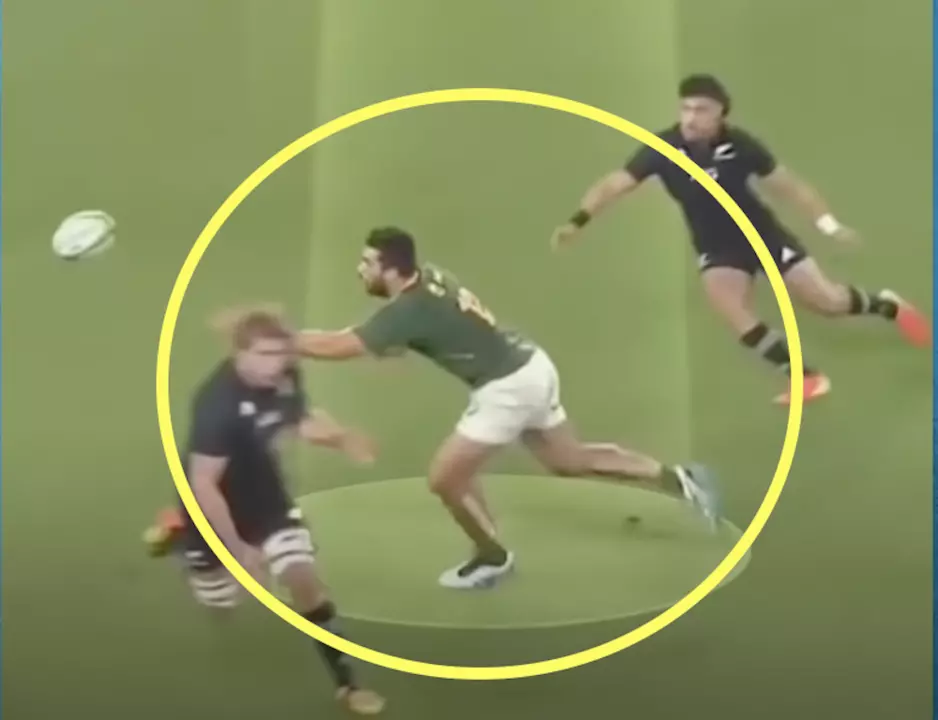Rugby knock on is a rule violation in rugby union and rugby league, where a player makes contact with the ball and the ball then goes forwards, or the player loses possession of it. It is considered a turnover, meaning that the team that committed the knock on loses possession of the ball. The knock on can be unintentional, such as when a player loses control of the ball, or intentional, such as when a player throws the ball forwards in an attempt to keep possession. The referee will call a knock on if they believe that the ball has been handled in a manner that is against the rules. The penalty for a knock on is usually a scrum awarded to the opposing team.
Foul in Rugby: definition and impact
When you watch a match and see a referee blow his whistle, chances are a foul has just happened. In rugby a foul is any illegal action that breaks the laws of the game. It can be a reckless tackle, a short pass forward, or even a player refusing to release the ball. The main point is that a foul stops the flow of play and usually leads to a penalty.
Understanding fouls helps you play smarter and enjoy the game more. You’ll know why the referee is stopping the game and what the team on the receiving end can expect. Below we break down the most common fouls you’ll see on the pitch and what the referee does when they occur.
Common fouls you’ll see on the pitch
High tackle – The tackler hits the opponent above the shoulders. This is dangerous and often results in a yellow card if it’s repeated or overly reckless.
Offside – A player is ahead of the kicker or in front of the ruck when the ball is played. Offside stops players from gaining an unfair advantage and usually brings a penalty.
Forward pass – The ball is thrown towards the opponent’s dead‑line instead of sideways or backwards. The referee will stop play and award a scrum to the non‑offending team.
Not releasing the ball – After being tackled, a player must let go of the ball and the tackled player must roll away. Holding on too long is a foul and gives the opposition a penalty.
Collapsing a scrum or ruck – Deliberately pushing a scrum down or breaking a ruck before the ball is out. This endangers everyone involved and the referee will penalise the offending side.
These are the basics, but there are many smaller offences like pulling a player’s jersey, playing the ball on the ground, or joining a ruck from the side. Each one disrupts the game and can change the momentum.
Penalties and referee signals
Once a foul is called the referee signals the type of penalty. The most common signals are:
- Arm straight out – a simple penalty kick.
- Arm raised and bent – a free kick, usually for a less serious offence.
- Both arms up – a scrum will be set for the non‑offending team.
- Yellow card – temporary suspension (10 minutes).
- Red card – permanent dismissal from the match.
After the signal the team that did not foul decides whether to kick for goal, kick to touch, or take a quick tap. Choosing the right option can turn a foul into a scoring chance.
At Linlithgow Rugby Club we train our players to recognise fouls early and to avoid them. By keeping a clean tackle technique, staying onside, and releasing the ball quickly, you reduce the risk of giving the opposition a penalty.
Next time you’re on the field or watching a game, pay attention to the referee’s hand signals. They’re the shortcut to understanding why the play stopped and what will happen next. Knowing the foul rules makes the sport safer, fairer and more exciting for everyone involved.
